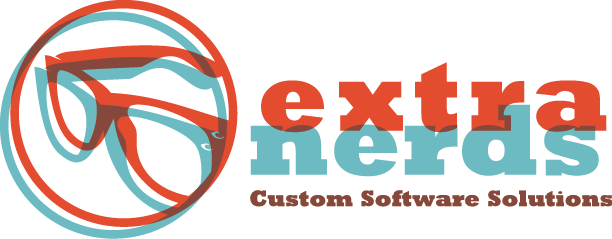In 2009, Google introduced a new application, AngularJS, and changed the field of website development. As we mentioned in the introductory blog in this series, it is a structural framework of dynamic web-apps. Developers love it and it works for an array of website building projects and is especially useful for single page applications. Now, let’s discuss why Angular is even better when partnered with Web API.
Every now and then a product comes along that just makes web design easy to implement for the ordinary man on the street. AngularJS and Web API are pioneers in their respective fields, simplifying HTML and HTTP respectively.
AngularJS by Google
For any business that only runs a single page application, AngularJS will simplify and address the many areas of struggle experienced. Run as an open-source web application framework, you have the assistance of Google developers and companies to assist with errors and coding issues. It provides the person who is writing the code the opportunity to view it within the client-side model-view-controller (MVC) architecture, making it easier to navigate. This gives the coder the opportunity to access components usually limited to rich internet applications. Angular is built to ensure user interfaces and software components by using programming that specifically performs the “what” function. The business logic side is managed by imperative programming, which works off of algorithms. This simply means that the outcome changes with certain inputs and that the program aligns itself to that.
This, of course, means that a business has access to all the bells and whistles that multiple-page users have, in a single page application. The fact that it is an open-source web application means that the maintenance and upkeep are up to Google to implement, which leaves your hands free to run your business.
Web API by ASP.NET
This is quite possibly one of the most important aspects to take into consideration when you are trying to get your website out there. Web API uses the full features of HTTP including passing various content types, using ETags through versioning and concurrency and using and creating URI templates and then creating Task URI’s in the response. Web API is most commonly known for its ability to define browser cache controls. Getting your business to the next level will mean controlling the browser cache. What this means is that, when you have an active Web API that has a browser control cache, when people search for information on the internet and your hot words, keywords, or key tags are highlighted, the chances of your pages coming up first will be much higher than without the browser cache control. The combination of the browser cache control and the use of ETags make it almost certain that when anyone searches the products or services you offer, your website will be displayed first.
The Symbiosis
It is recommended that these two programs be installed together to ensure that your business is able to leverage from both aspects of programming. First, getting a proper application in place and second, ensuring that the whole world gets to see it. Without the combination of these two aspects, chances are very good that your website will be one in a million with very little chance of actually being noticed. You also want to ensure that when it is noticed, your potential customers have full access to the entire page without experiencing technical issues. The potential increase in revenue streams is most certainly enough to consider applying these two programs together.
Join us next week for the sixth and final blog in this series when we wrap our argument on why Angular is such a fantastic alternative programming application.

